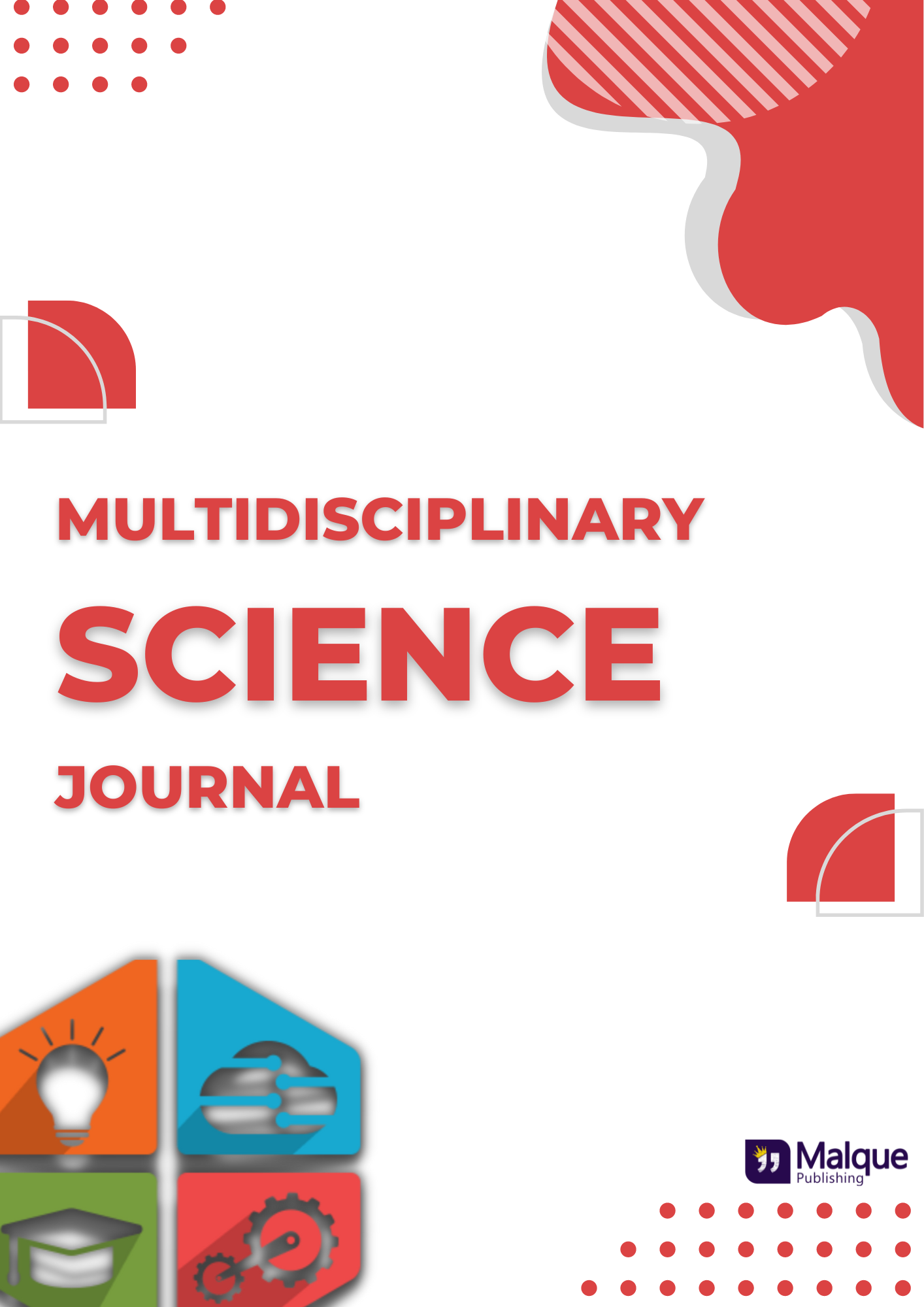Design of a compact patch antenna with bandwidth and efficiency improvement for UWB applications
Abstract
The demand of small, lightweight and high effectiveness antennas has increased significantly with the development of communication technologies. Microstrip patch antennas (MPAs) are one of the most widely used types of antenna that can satisfy these requirements. MPAs have numerous benefits, including tiny size and weight, ease of fabrication, and inexpensive. In addition to these advantages, MPAs also have some drawbacks such as limited bandwidth and low efficiency. In this paper, a compact rectangular patch microstrip antenna employing hybrid technique (HT) is designed to enhance the bandwidth and efficiency and its performance is compared with that of a conventional antenna. The HT is formed by combining a slotted patch with a defected partial ground structure. A low-cost FR-4_epoxy substrate material with a dielectric constant of 4.4, a thickness of 0.8 mm and a loss tangent of 0.02 is used to make both antennas designed. The antennas are designed, analyzed and simulated at the operating frequency of 6.85 GHz for ultra-wideband (UWB) (3.1-10.6GHz) applications using high-frequency structure simulator (HFSS) software. The overall size of the proposed antenna is 30 mm × 20 mm × 0.8 mm. A 50 Ω microstrip feedline is used to excite the patch. The outcomes of the simulation reveal that the suggested and conventional antennas achieved a bandwidth of 19.7 GHz and 2.53 GHz with an efficiency of 95.779% and 92.296% respectively. The recommended antenna has boosted in bandwidth and efficiency by 17.17 GHz (137.24%) and 3.483% respectively as compared to the traditional antenna.










